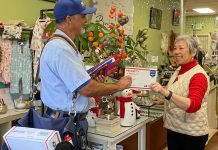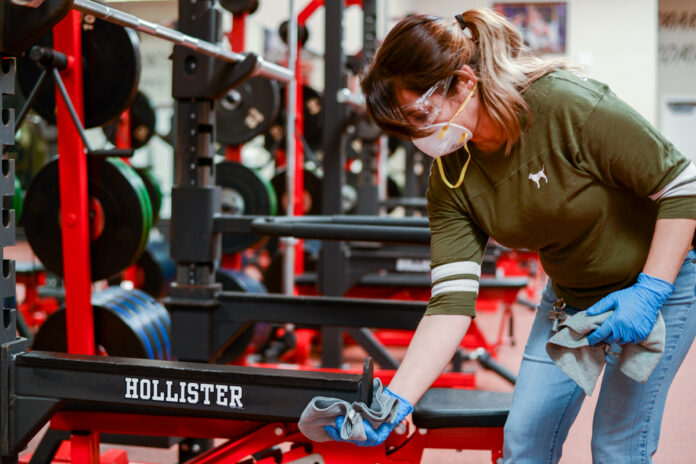
Additional reporting by Michael Moore, Morgan Hill Times Editor
San Benito County saw notable construction projects, destructive fires and other key events in 2020, but it was the Covid-19 pandemic that dominated the news headlines this year.
It all started back on March 16, when Gov. Gavin Newsom issued a stay-at-home order that was in effect throughout the entire state of California. It put all 58 counties, including San Benito County, in such unprecedented emergency situations that were overwhelming for both the public health departments and the communities themselves.
The first reported cases of the coronavirus were in February, followed by the sudden passing of longtime county resident Ken Machado, who was the first reported Covid-19 death in the county.
A face covering order was issued in April by Dr. Marty Fenstersheib, who was the San Benito County Health Officer at the time. He required residents to wear a face covering when going out into the public to perform essential activities but it drew a lot of resistance by several members of the community.
The stay-at-home order was extended by Newsom, which then resulted in closures to small businesses, schools and the cancelation of big events such as the Hollister Independence Rally during the Independence Day holiday.
The rest of the year also included students–young and old–having to transition to distance learning, people working from home, businesses finding alternative ways to stay open and a surge of new Covid-19 cases that doesn’t seem to be slowing down anytime soon.
Here is a look back and a breakdown of these key moments that the Free Lance captured throughout the Covid-19 pandemic:
The rare virus hits San Benito County
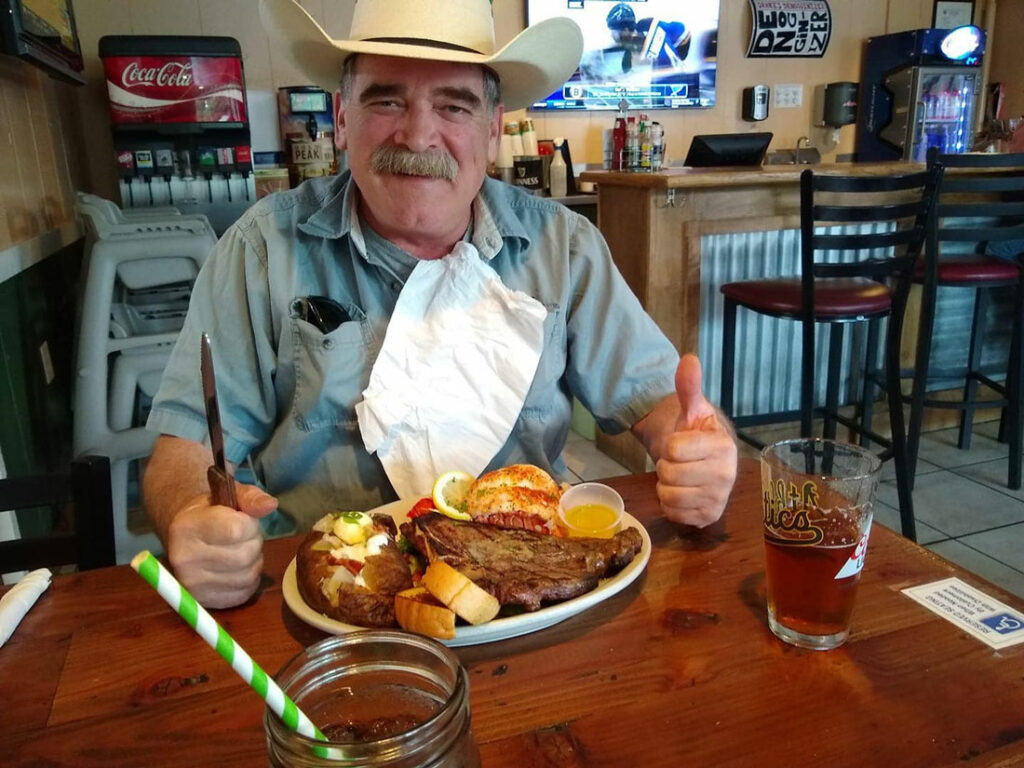
The first two confirmed cases reported by the San Benito County Public Health Department were Feb. 2, which at the time brought up the number of confirmed cases to 11 in the U.S. and six in California.
A married couple, both 57 years old, contracted the virus when the husband traveled from Wuhan, China and transmitted the virus to his wife through person-to-person transmission.
Ken Machado, who grew up in Morgan Hill, was the first resident of San Benito County to die of complications related to Covid-19. Machado died at the age of 60 on March 16, at his ranch in Paicines.
Since then, as of Dec. 28, Covid-19 has killed 27 more people in San Benito County, and another 652 in Santa Clara County, according to public health officials. The rate of the virus’ spread has expanded exponentially—with more than 1,000 positive cases reported daily in recent weeks in Santa Clara, and a positivity rate of 68.3 new cases per 100,000 residents per day in San Benito.
Machado and his four siblings grew up in the Uvas Canyon area west of Morgan Hill, with their parents, Hank and Eydie Machado. His sister, Diane Machado, described “Kenny” as a gregarious friendly cowboy who knew people all over the world. He was a former rodeo and bull riding competitor, an actor and a retired heavy equipment operator.
Diane Machado in late March described her brother as an “absolutely iconic cowboy from Morgan Hill.”
“He traveled around the world and met people because he was so outgoing,” she added. “He was the best story teller you’ve ever talked to. He was a really happy person. He made everybody feel comfortable.”
Diane Machado said on Dec. 28—nearly a year after Ken’s death—that the family still hasn’t been able to properly memorialize him. Their parents, who miss him, are quarantined in a senior living facility, Diane said. The family wants to spread Machado’s ashes in Thailand—a country he visited many times—but have had to delay the trip until it is safe to travel.
“Christmas was Kenny’s favorite holiday, so it was very sad without him,” Diane Machado said.
In many ways, the Covid-19 pandemic was the defining event of 2020, impacting everybody’s life in ways they never expected.
No shirt, no shoes, no mask, no service
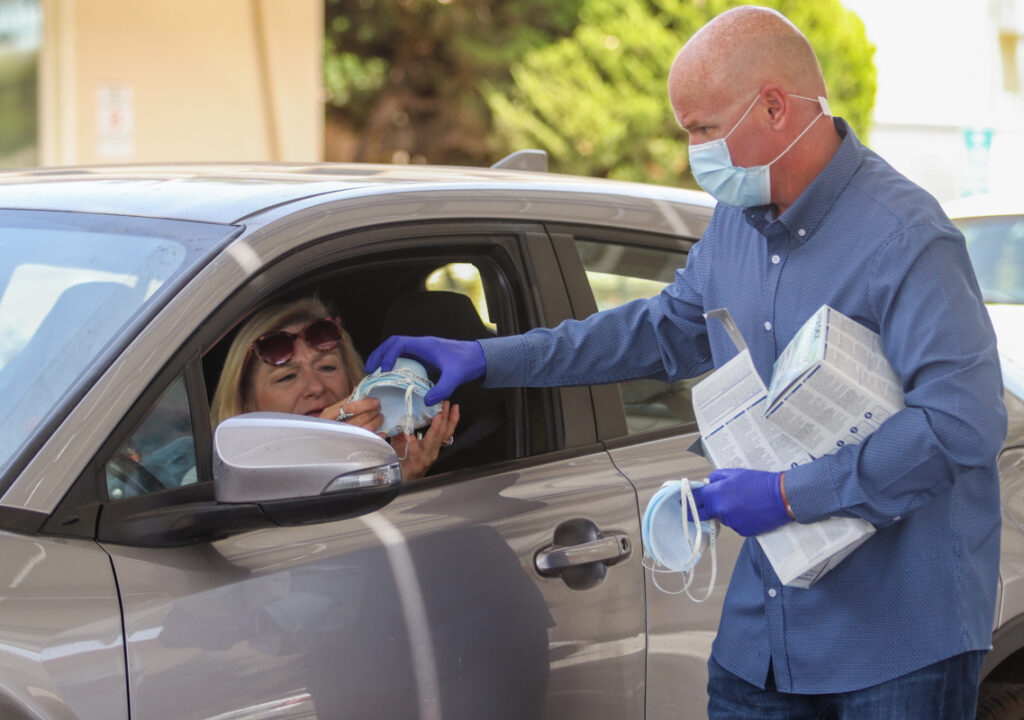
Once the first stay-at-home order hit San Benito County, the Public Health Department took the first initiative to recommend an order that county residents should wear a face mask or some type of cloth to cover the mouth and nose area to prevent any spread of the virus.
As of April 24, there had been 47 confirmed cases of Covid-19 in San Benito County and the local death count was at two, according to county officials.
Dr. Marty Fenstersheib, who was the County Health Officer at the time, then issued a new order on April 27 that required residents to wear a face covering when going out into the public to perform “essential” activities. It was combined with the shelter-in-place order and social distancing to help slow transmission of the coronavirus.
Two days later, Fenstersheib stepped down from his position and County Emergency Medical Services Director Dr. David Ghilarducci was named as his replacement as interim public health officer.
Questions began to arise within the county board of supervisors including Peter Hernandez who continuously voiced his concerns for small businesses and its owners who are still struggling today. It didn’t stop there as community members also started to question how local government officials were handling the coronavirus pandemic.
In August, the board of supervisors considered issuing an order that it was mandatory for people to wear a mask or facial coverings in unincorporated areas or else they’d be issued a fine. That idea was rejected at the Aug. 18 board meeting, giving some residents a small victory.
The City of San Juan Bautista, meanwhile, adopted an ordinance on that same day that strengthened the state mandate with penalties. They were the first city in San Benito County that could issue citations to people for not following the state’s Covid-19 face covering guidance.
Those in violation can still be cited starting at $100 for the first offense, with subsequent fines of $500 and $1,000 based on repeated violations.
On Sept. 21, Hollister City Council moved forward with a new ordinance that also imposes steep penalties for those caught not wearing a face covering in accordance with state guidelines.
The cities of Hollister and San Juan Bautista continue to enforce a face mask ordinance. Local code enforcement officers have issued several citations to individuals not wearing their masks inside some establishments.
Hollister Mayor Ignacio Velazquez attempted to take it a step further during an emergency city council meeting on Dec. 17 by presenting a new ordinance, which would’ve allowed the city to cite those in violation with penalties of up to $1,000, while business owners were threatened with a possible revocation of city-issued business licenses. That idea was rejected by a majority of the city council members.
Transition to a virtual life
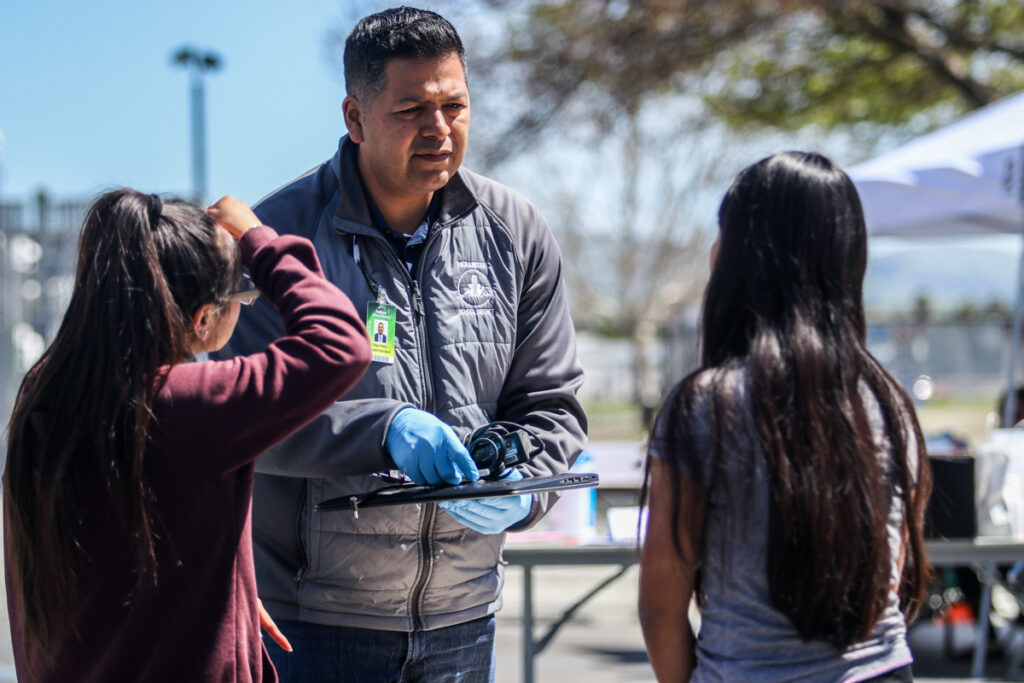
The local business owners weren’t the only ones affected by the stay-at-home orders and strict state guidelines. The 12 school districts within the county took a major setback when most of the campuses were forced to shut down, forcing students to convert to distance learning.
The California Department of Education released a statement on March 31 regarding school closures for the 2019-20 school year due Covid-19 concerns. On April 2, the San Benito County Office of Education made the call to close the doors to all of its school sites through the end of the Spring semester.
Yet, that didn’t stop both San Benito High and Anzar High schools from hosting their own unique graduation ceremonies for the Class of 2020.
Gov. Gavin Newsom talked about starting the 2020-21 school year in July but that idea was quickly nixed as school districts were not onboard, hoping that campuses would reopen in August for in-person instruction.
However, the Hollister School District Board of Trustees decided that distance learning was still the way to go, especially with the rising numbers of new coronavirus cases at that time. They handed out 3,500 Chromebooks to students and 1,000 hotspot devices for internet access prior to their Aug. 17 start date.
San Benito High was also onboard with distance learning and some teachers shared what it was like to teach from home instead of inside a classroom full of students.
Some school districts have slowly transitioned back to in-person instruction but most students are still stuck at home learning from some type of technological device.
Public meetings for the San Benito County Board of Supervisors along with the Hollister and San Juan Bautista city councils have occurred almost exclusively by Zoom and other video conferencing software. Residents who once commuted hours to and from work every day have used the same technology to work primarily from home since the pandemic started.
Thinking outside of the box
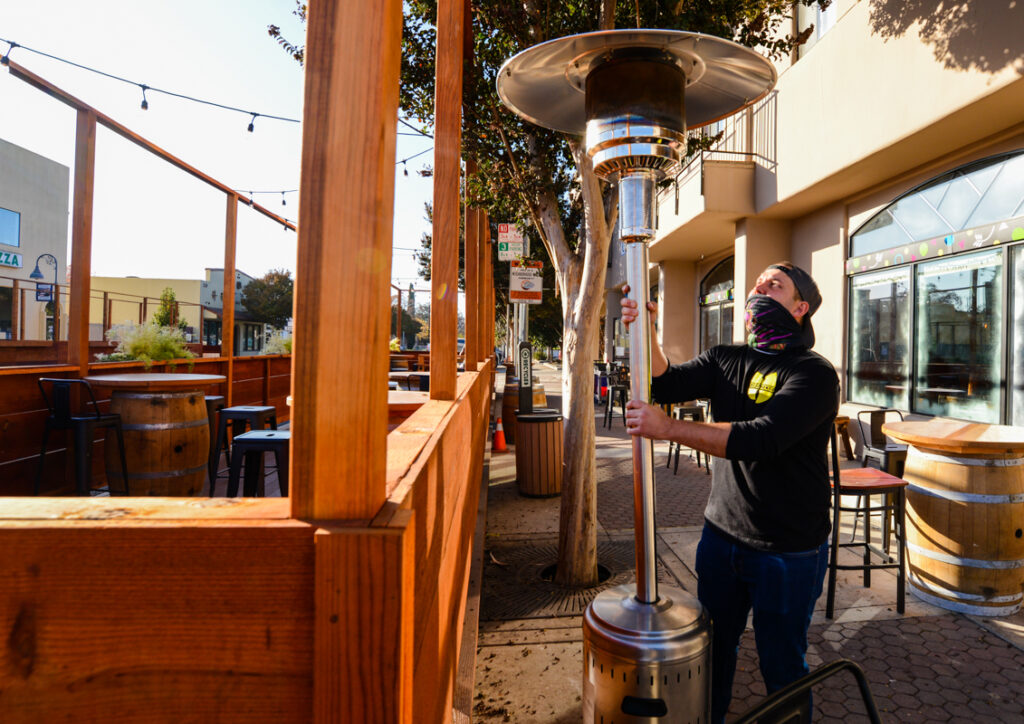
It was a dream come true for Hollister Mayor Ignacio Velazquez as the downtown area was equipped with parklets alongside San Benito Street, providing outdoor dining on the main strip.
But it came at a time when some local restaurants were struggling due to Covid-19 restrictions that prevented them from fully operating. Prior to the beautification project, business owners had to come up with innovative ways to keep their places open including to-go orders, curbside pickup and deliveries, which some restaurants such as La Catrina Mexican Grill never offered in the first place.
Third Street in downtown San Juan Bautista went through a major transformation in response to the Covid-19 pandemic, going from two lanes down to a one-way avenue of hope for local businesses.
The project, which began June 22, turned the main downtown strip into a one-lane, one-way road that provides outdoor space for businesses and restaurants to operate under the state public health guidelines.
It wasn’t until mid-October when the Hollister City Council unanimously approved a parklet program that assisted businesses during the Covid-19 pandemic, while transforming most of the main strip into a one-way traffic flow.
The city authorized $80,000 to come from the Coronavirus Aid Relief and Economic Security (CARES) Act funds, while San Benito County committed another $150,000 from its own CARES Act funds. The total cost of the program will not exceed $230,000, according to Miller.
The parklet program will allow qualifying businesses to receive $7,500 for a parklet of less than 15 linear feet and up to $15,000 for a parklet that is greater than 15 linear feet.
On Dec. 5, the city council passed another resolution for one-time funding of $50,000 to help up to 30 small businesses in Hollister upgrade equipment for the winter season.
Business owners can be reimbursed up to $1,500 for heaters, propane, shade sail, awning, canopies, clear canopy side roll ups and securing elements such as hardware for overhead shade structure.
Numbers on the rise; vaccine to the rescue?
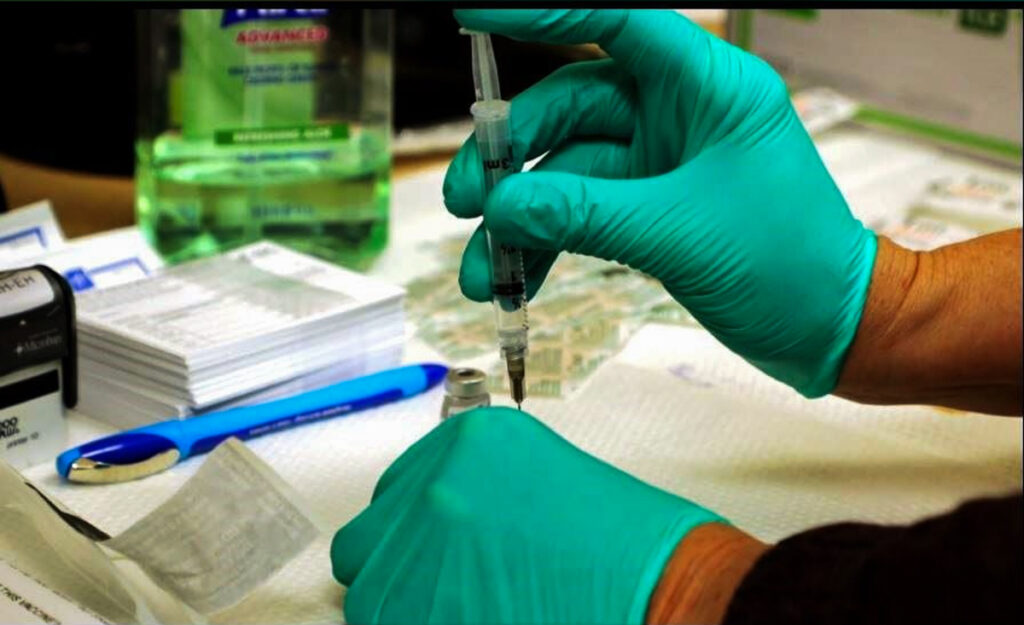
As of Dec. 28, San Benito County Public Health officials have reported 28 deaths from the novel coronavirus and the 12th fatality reported just in the month of December.
Public health officials reported that the county set a new single-day case record of Covid-19 infections, twice, surpassing the century mark for the first time since the pandemic began in March.
The county’s Covid-19 dashboard showed that a record-breaking 104 new cases were reported on Dec. 16. Not even a week later, they set another record of new cases (110) in a single day and broke the 3,000 mark.
This month also saw the state of California issue a regional stay-at-home order in the San Joaquin Valley region—which includes San Benito County—due to the declining availability of hospital beds. The regional order was supposed to remain in effect for at least three weeks, or until Dec. 26 at the earliest.
The order urges residents to stay home as much as possible to limit mixing with other households, which can lead to increased community transmission of Covid-19.
There is some hope that things will turn around, however, as Hazel Hawkins Memorial Hospital on Dec. 16 began administering the first batch of the Pfizer-BioNTech Covid-19 vaccinations. They received a shipment of 230 doses, which were administered to those working on the front line, direct patient care workers in the acute care setting and employees from the skilled nursing facilities are eligible for the vaccine during this first batch of immunizations.
Hazel Hawkins anticipated a shipment of 300 new doses of the Moderna vaccine to arrive on Dec. 23, which will be offered to additional employees who have direct or indirect patient contact.


